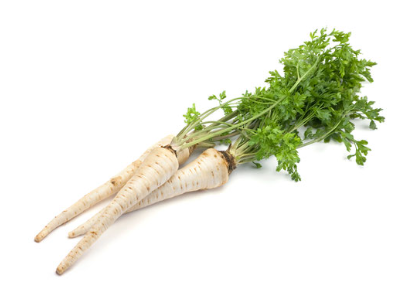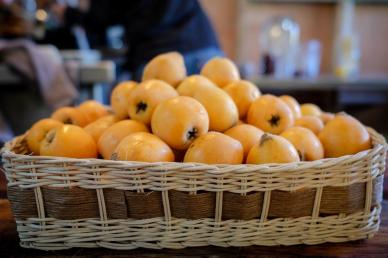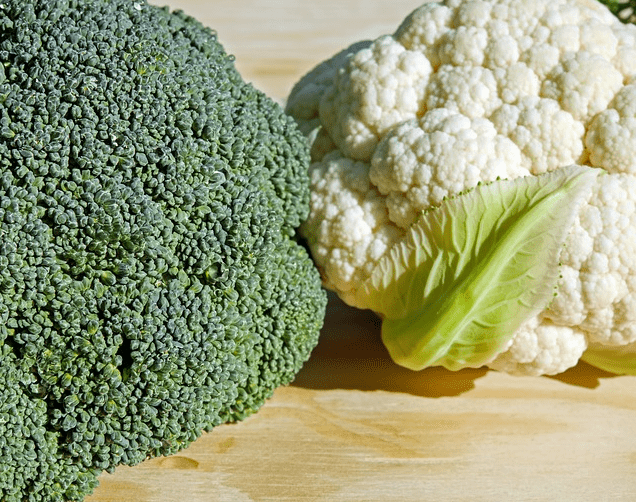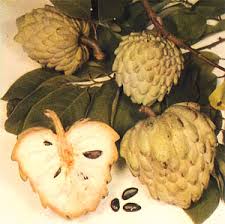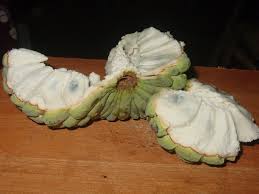The short Israeli winter is at its peak right now. In another month and a half, we'll feel the stirrings of spring, but until then, hardly a day goes by that you won't find a soup or stew of some kind simmering on the stove in my kitchen.
What do almost all the soups I make have in common? (Chicken, goulash, orange vegetables, pea, bean, cauliflower, and the list goes on) – You'll find parsley root in all of them. Parsley root, of course, is associated with the popular herb, parsley.
What do I mean by “associated”? Isn't it the same plant that we use twice – once for the leaves and once for the root? The answer is both yes and no.
Botanically speaking, it is exactly the same specie from the Apiaceae family (also known as Umbelliferae).
But it is not as simple as cutting the leaves and then pulling out the root. These are two different varieties that were developed for different purposes. To a large extent, the story of parsley relates to our previous newsletter about the purple kohlrabi and its cruciferous family members.
In other words, the moment humans became an influencing factor in the evolution of fruits and vegetables (what is called cultivation or variety-development), they took a wild variety and, thanks to artificial selection, created new varieties from it. In each variety, they tried to preserve different desirable traits.
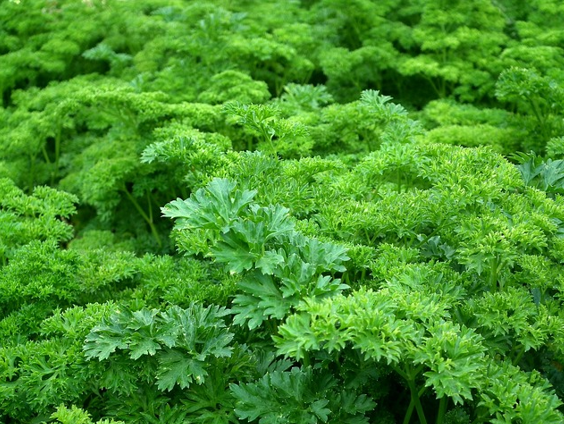
Ultimately, the plant has limited resources. If its genetics prioritize growing large leaves, it will probably be at the expense of other parts. We are used to thick and abundant bunches of parsley. Well, this specific variety has modest roots that don't resemble in any way the thickened, carrot-like root that awaits you in your box.
As you will notice, the root comes with a tuft of parsley leaves. But compared to the magnificent bunch of leaf parsley, here we find a few modest and wilted stems. By the way, these are actually parsley leaves in every way, and there is no reason not to use them. This variety has a symbolic quantity of leaves because it focuses its metabolism on the production of the magnificent white root for which we have gathered here today.
As mentioned, the parsley root looks very much like a white carrot. There are indeed white carrots, but they are another specie. But while carrots (certainly the modern cultivated varieties) are rich in sugars and therefore eaten raw, the parsley root brings a dowry of a different kind.
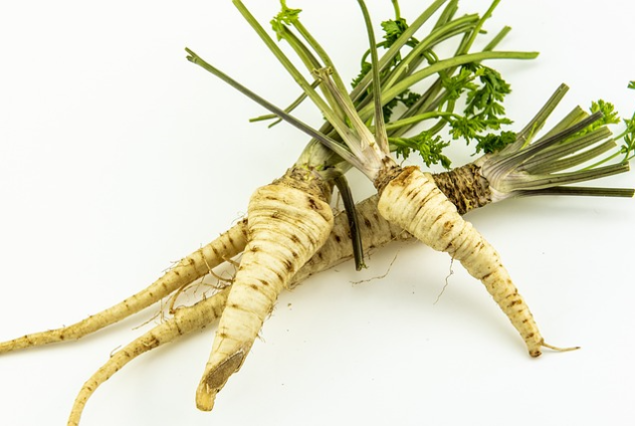
Some people like to eat parsley root raw, and I also sometimes grate a little parsley root on a grater and use the shavings as a spice. But in most cases, it will be cooked.
I have already combined whole parsley roots in a stew alongside carrots, sweet potatoes, Jerusalem artichokes, and it is certainly an enriching addition in this constellation as well – but, at least for me, its superpower is in upgrading soups.
It's really like magic, and you don't need a large amount. I add one or two parsley roots to almost every soup I make, which I cut into a few pieces, as part of the general array of vegetables, and it always works well.
Now you will have to excuse me because, according to the wonderful smell of chicken soup mixed with parsley-root aroma enveloping me, it's time to lower the flame.

